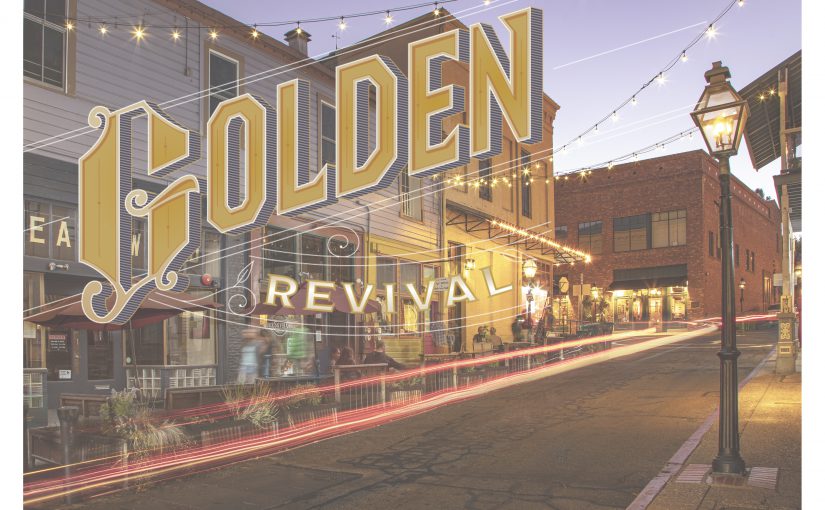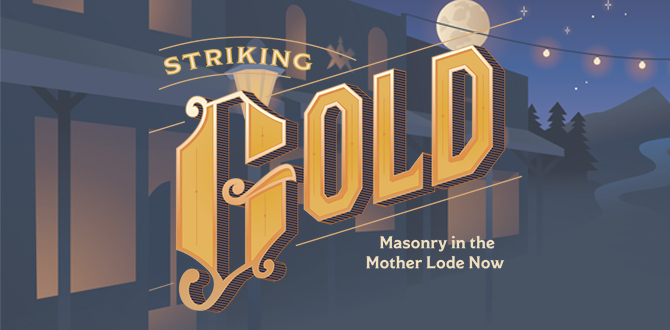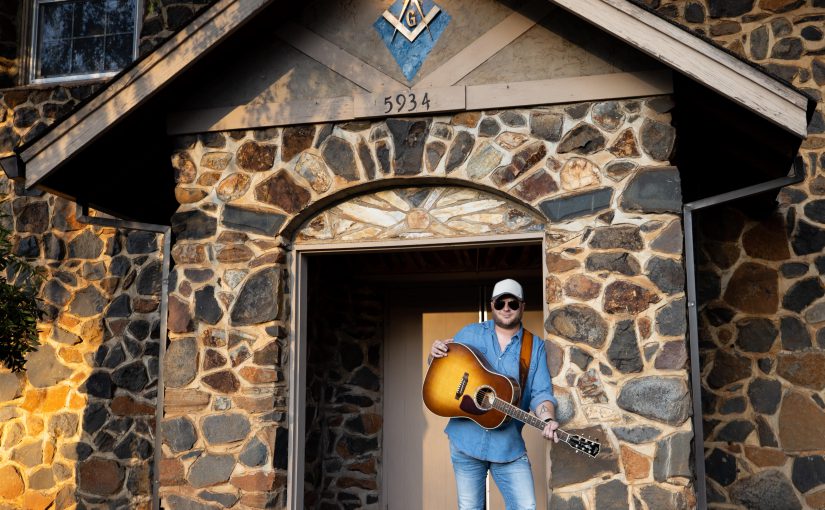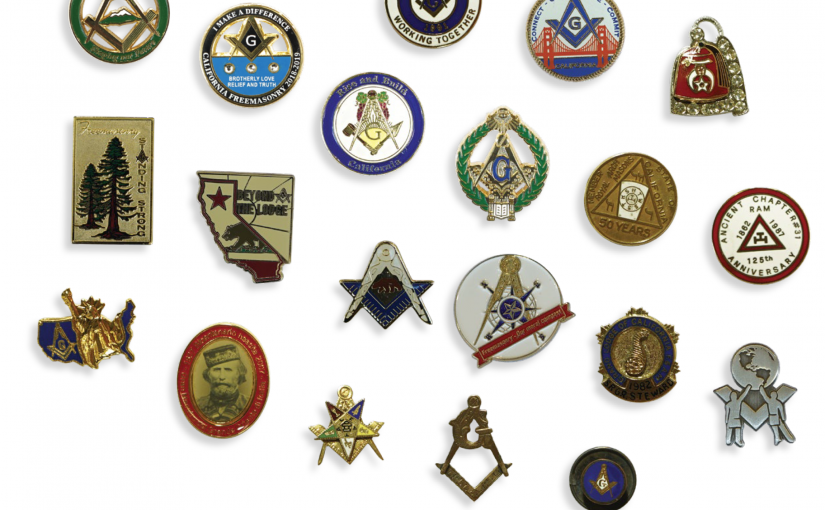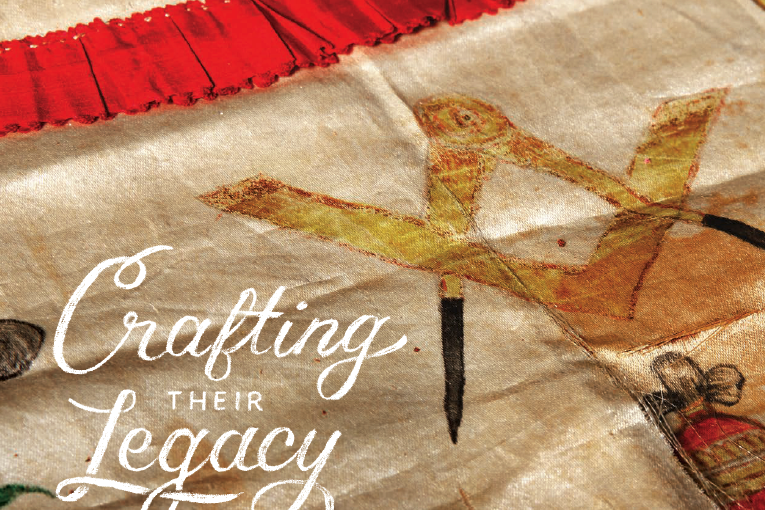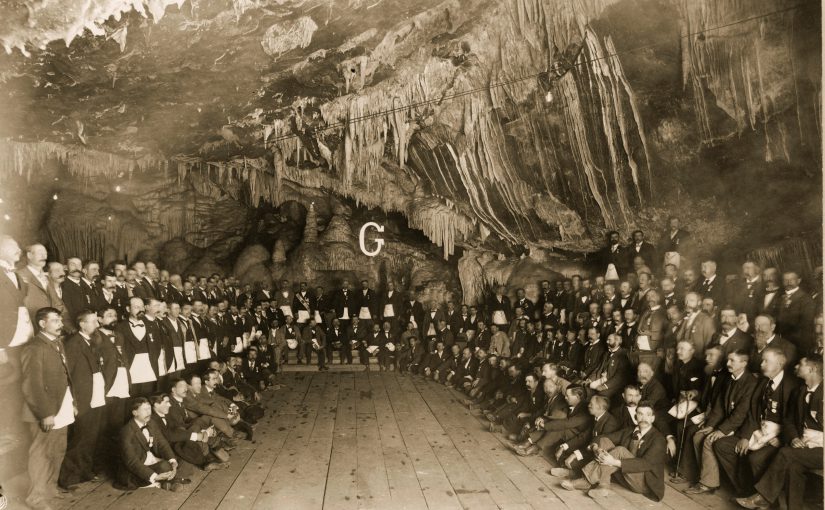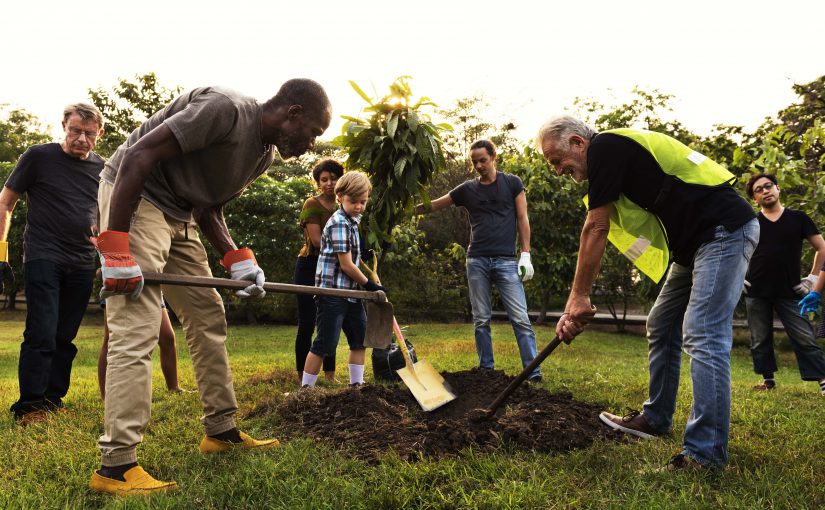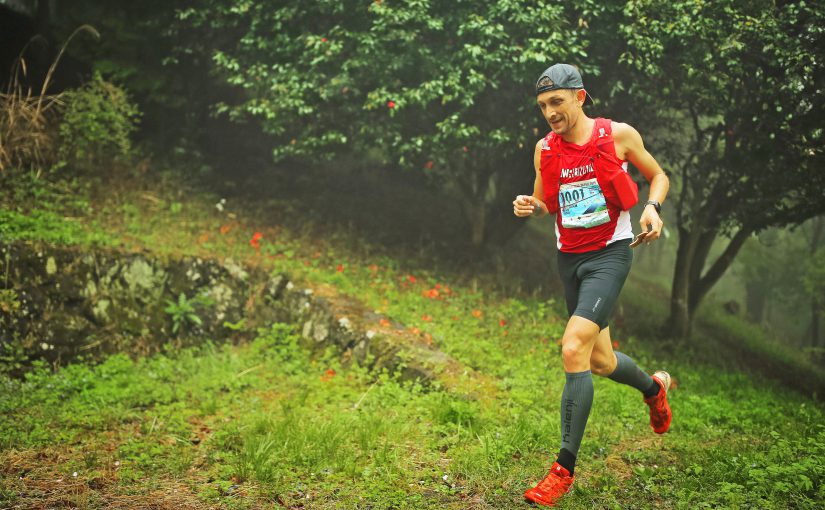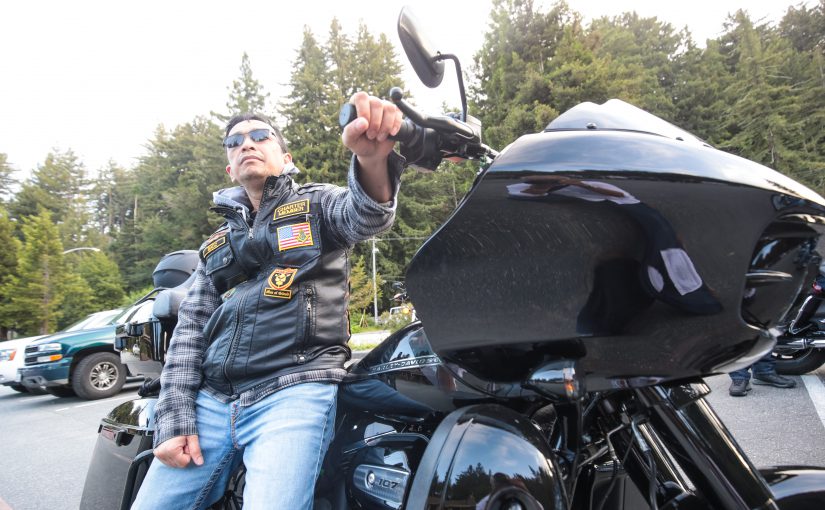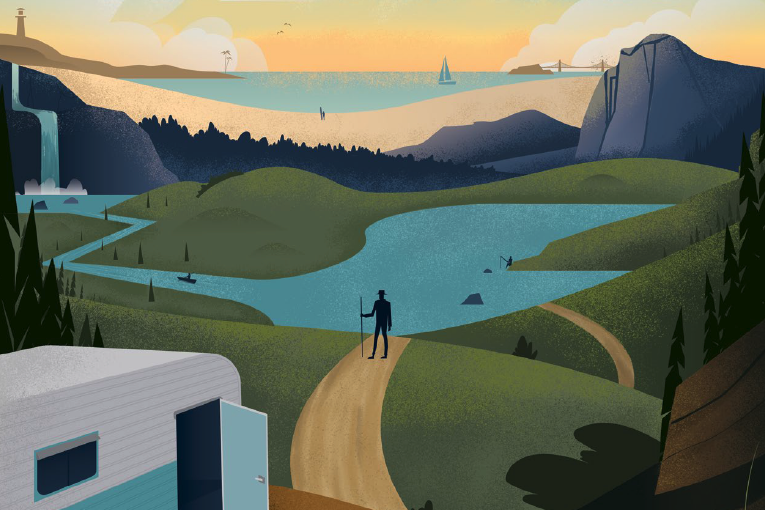The July/August issue of California Freemason magazine is now available on our newly redesigned online edition: californiafreemason.org! Search for your favorite topics, peruse past issues and find the latest news from the fraternity all in one convenient place.
Read more about our seasonal celebration of adventure-seekers, wanderlusters, and outdoorsmen wringing every last drop out of summer!

Executive Message – Stepping Out
Getting out—or better yet, inviting others in—is the perfect way to strengthen lodges’ relationship with their community, says Grand Master Stuart A. Wright.
Our Inverted World
What a curious passage in the first degree explains about Masonry’s relationship to the outside world.
Feeling the Sun on Their Skin
From fishing selfies to BBQs and fun-runs, brothers across the state share their favorite summer snaps.
Making Waves
A schoolbus-turned-surf wagon is helping one Southern California Mason explore the coast in style.
The Forever Place
A 100-mile footrace around Mount Fuji is all in a day’s work—literally 24 hours—for ultramarathon runner Loren Newman.
Meet Me Outside
Once a year, members of the Temecula Catalina Island Lodge head for the hills for a very special degree ceremony.
Where the Rubber Meets the Road
Meet the South Bay Mason who’s tapped into his spiritual awareness—and built a community—on two wheels and some twisted iron.
Have Craft, Will Travel
How a gift from one Mason to another launched a fellowship of camping enthusiasts.
The Other Butterfly Effect
A little slice of nature is transforming care at the Masonic Homes’ campuses.
Giving It As Good As You Get
A successful career in business has taught Bill Prentiss an important lesson: The greatest reward is in paying it forward.
Have feedback you’d like to share? Email editor@freemason.org.
